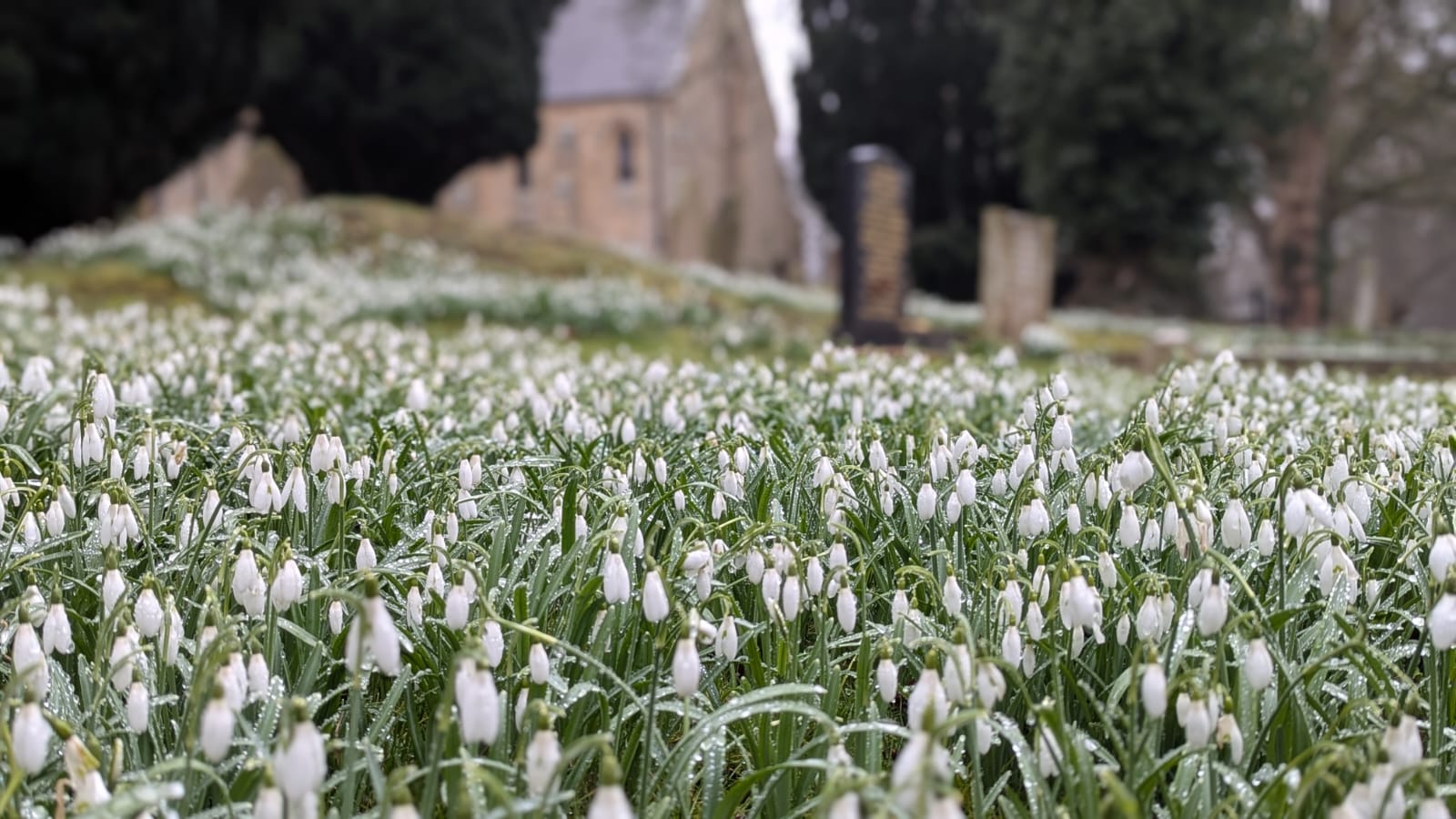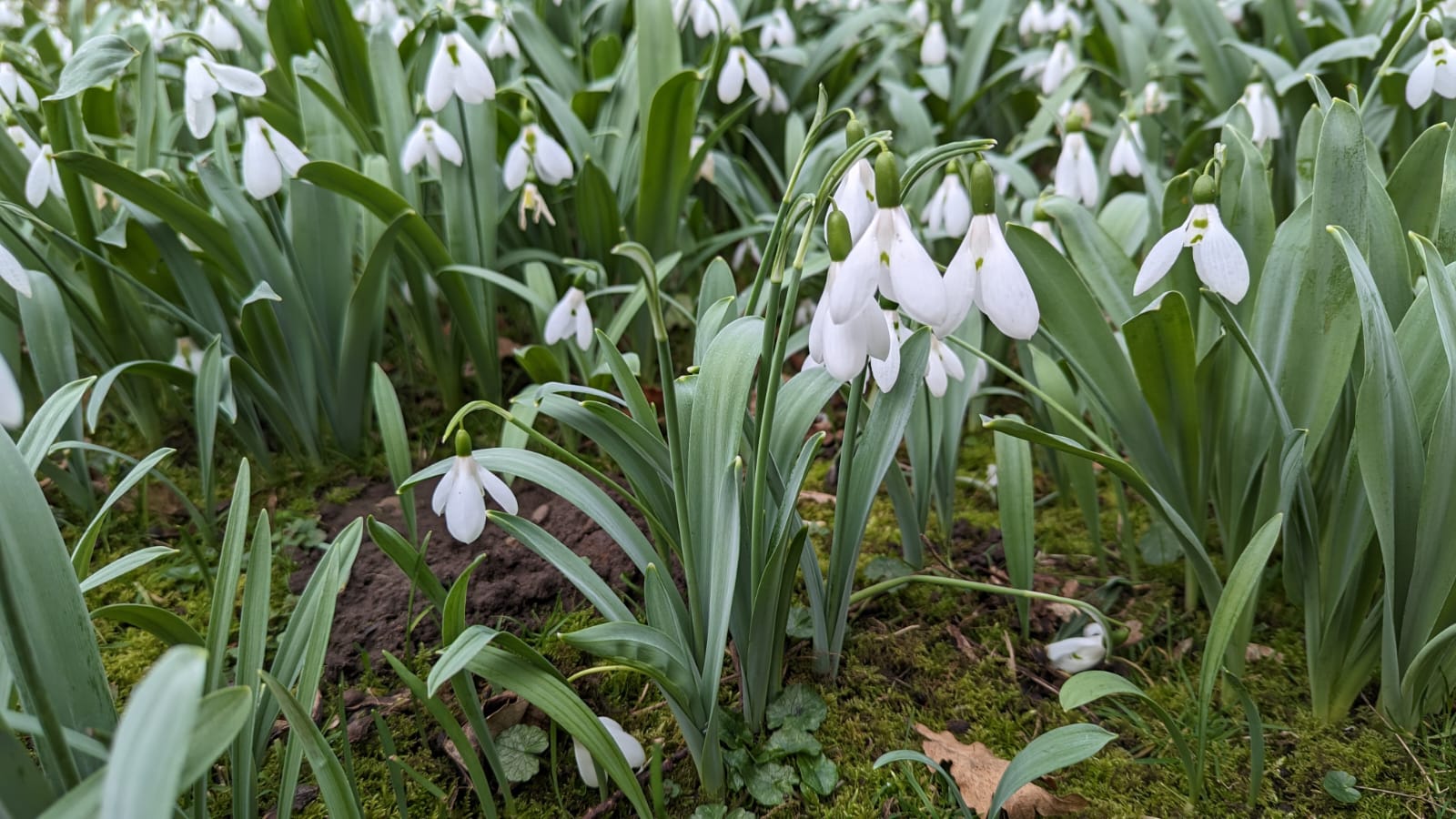Much as it did for great many people, I suspect, lockdown led to an increasing focus on gardening in our household. The focus for us being to transform our little urban yard into something appealing, for both wildlife and ourselves. I wrote about our mini-rewilding efforts a little last year (here) but realising that I hadn’t mentioned the topic since, wanted to provide a progress check.
For us, the major focus of this spring was to incorporate more wildflowers into our space. Sure, dahlias, marigolds and sedums look nice but they offer limited value for wildlife. Whilst we still have all of the above, and a range of more typical garden plants, the ratios have shifted.
The veg patch was first to go, sown in early 2020 with a native meadow mix, it didn’t do much in its first year. The clover did well but little else. This year, however, it has thrived with Oxeye Daisy, Red Campion, Red Clover and Black Medick vying to see who can grow the tallest. If you rummage in the understory, you can find other species in their too – Bladder Campion, Redshank and White Clover – but by large, the other species sown (including my long-awaited Musk Thistles) appear to have been shaded out. No matter – our 6ft seed grown Cotton Thistle has the spiny element covered!


Whilst growing a range of commonplace wildflowers, this year we also wanted to grow a few more unusual species, if only to prove that we could. Henbane was sown as an experiment in Autumn, and is just about to bloom, while both Small Teasel and Moth Mullein are doing well. Chuck in others such as Great Burnet, Salad Burnet and Common Bistort and it seems we’ve succeeded in our initial trial run!




Planning ahead for next year, it looks like we will be taking the cultivation of wildflowers to a new extreme. Already, four species of Mullein have been sown – Twiggy, Dark, Hoary and Moth for those interested. Where we’ll put these huge plants is a little beyond me, but we’ll manage.
Tucked away in the greenhouse there’s also White Horehound, Sea Campion, Field Pansy, Scot’s-lovage, Motherwort and (more) Henbane. I may need to open an online store, especially with the Mountain Pansy and Spotted Hawkweed seeds yet to arrive.
Our challenge next year will be to grow the native Herb Paris seeds purchased recently but I suspect they may turn out to be a tad picky.


But what about the wildlife? This isn’t after all a gardening blog. Well, at our last tally, we have now recorded 155 species in and around the garden since last spring.
Bees have certainly been a stand out highlight and it has been great to welcome back Fork-tailed Flower Bee, Patchwork Leafcutter and Bronze Furrow Bee alongside the more regular solitary bees and bumblebees.
In the last few weeks, we have also recorded two new bees here with Willughby’s Leafcutter Bee and Davies’ Colletes both shown below. Add to these 11 species of hoverfly, sawflies, solitary wasps and four species of butterfly, and the airspace here has been fairly busy.




We didn’t concentrate much on moths in 2020, owing to the installation of a new LED street light overlooking our yard. This year, however, we have persevered and have recorded several new species, albeit in low numbers. The Scalloped Hazel, Lychnis and Figure of Eighty shown below were particular highlights, though the others shown were most welcome. In particular, the Cinnabars, which have occurred in unusually high numbers this year.







It also appears that planting mint and oregano was a good idea and a few weeks back, I was delighted to spot a pair of beautiful Mint Moths, Pyrausta aurata in this case, showing an interest in these. Fingers crossed that they managed to breed – they really are a delight.

lsewhere, there’s bee a lot to see, including egg-laying Green Shieldbugs, sprawling webs of juvenile Garden Spiders and an all too brief Orange Ladybird that sped off quickly when I reached for the camera.
The 14-spot Ladybird adorning our Buddleja was thankfully more obliging.






Leave a Reply